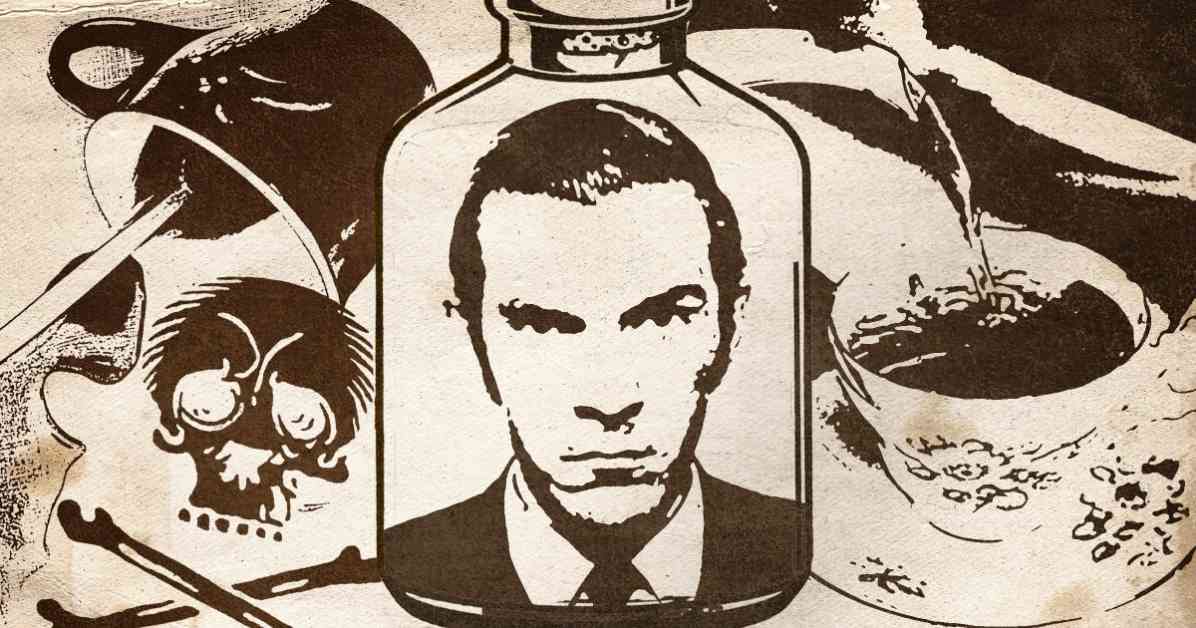In a shocking turn of events, Graham Young was found guilty of murdering two colleagues and attempting to kill others with poison. The jury was taken aback when they learned of Young’s previous attempts to poison people as a teenage boy, indicating a pattern of dangerous behavior from a young age.
Born in London, Young had a fascination with toxicology, Adolf Hitler, and black magic, earning him the nickname “Mad Professor” among his peers. His early experiments with poison on animals eventually escalated to targeting humans, leading to the poisoning of several family members and a school friend. Despite being arrested and sent to Broadmoor Hospital at a young age, Young was released in 1971 after being deemed no longer a threat.
Upon his release, Young continued his deadly spree by poisoning colleagues at John Hadland Laboratories, earning him the moniker “teacup poisoner.” Victims suffered from various symptoms, including hair loss, impotence, and even death. Young’s meticulous planning and lack of remorse were evident in his diary entries detailing each poisoning.
Despite initially pleading not guilty, Young was ultimately found guilty on multiple charges and sentenced to life in prison. His disturbing fascination with death and power led to a deadly trail of victims, leaving a lasting impact on how mentally ill prisoners are treated. The case prompted changes in the law to prevent similar incidents from occurring in the future.
Young’s story of manipulation and cruelty lives on in infamy, with his waxwork displayed in Madam Tussauds Chambers of Horrors and inspiring true crime books and films. The legacy of the “teacup murders” serves as a chilling reminder of the dangers posed by individuals with unchecked mental illness and access to lethal substances. The case also highlights the importance of vigilant oversight and protection of both the individual and the public in cases of severe mental illness.
The chilling tale of Graham Young serves as a cautionary reminder of the depths of human depravity and the need for stringent measures to prevent such tragedies from recurring. Young’s deadly legacy continues to intrigue and horrify, leaving a lasting impact on the criminal justice system and mental health treatment protocols.












